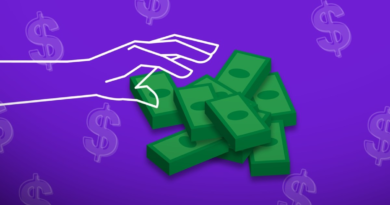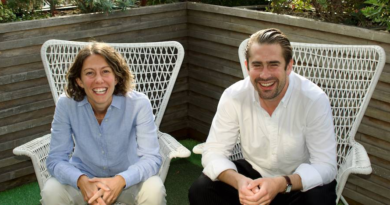Wonder Brands’ pivot to acquiring e-commerce infrastructure pays off
Wonder Brands, an acquirer of e-commerce brands in Latin America, announced today the closing of $15.5 million in Series A funding. This enables the Mexico City–based company to expand into South America.
Nazca and IDB Invest, the private sector arm of the Inter-American Development Bank Group, co-led the round and were joined by existing and new investors CoVenture, SilverCircle, Korify Capital, Infinitas Capital and GBM Mexico. The round will be extended for up to $20 million to give Wonder Brands around $40 million in total funding, Federico Malek, co-founder of Wonder Brands told TechCrunch via email.
We profiled the company in 2021, about seven months after the company first launched to acquire digital brands in the MercadoLibre and Amazon ecosystem. At the time, Wonder Brands raised $20 million in venture capital.
In 2021, the e-commerce roll-up, or aggregator, scene was in full force. Companies across the globe raked in large amounts of venture capital and grew quickly. Just in Latin America, for example, Merama reached unicorn status within a year of launch, while Quinio announced $20 million in initial funding to acquire some 30 companies.
E-commerce aggregators today
That gobbling up of e-commerce brands has slowed down, and there’s even been some consolidation within the aggregator sector. Few are seeing venture capital come their way in recent months, save for companies such as Una Brands and Razor, which may allude to how well Wonder Brands developed its business model.
Speaking to that, Malek said in an email interview that organic brand development set the company apart from the traditional e-commerce aggregation model, which was one he likened to a private equity model with little operational involvement.
“As a consequence, Wonder Brands stood out due to its strong brand development capabilities in the rapidly growing Latin American e-commerce market,” he said.
However, it wasn’t always that way. When Malek and co-founders Nicolás Gonzalez Luna and Matias Casoy first started Wonder Brands, they told me their model was to clip the competition — which at the time was largely going after e-commerce brands in the $1 million revenue range — by focusing on larger sellers and operators bringing in at least $5 million in revenue.
Malek explained that the model didn’t pan out, noting the company “found it challenging to identify successful digital brands in that range.” Wonder Brands then shifted its focus to acquiring e-commerce infrastructure, rather than existing brands, and developing its own digital brands.
Achieving growth
Wonder Brands uses data from online marketplaces to create products. It also deploys a customer-centric strategy driven by AI and technology to optimize operations, marketing, analytics, supply chains and working capital allocation.
The company has since launched over 15 brands in the past 12 months and over 2,000 SKUs in the categories of home and garden, sports and fitness and beauty and personal care categories. The company plans to double the amount of SKUs in the next year and enter into new product categories.
It also reached profitability in 2022. Malek attributes some of that growth to being in Mexico, calling it “one of the fastest-growing e-commerce markets in the world,” where over 63 million people made online purchases last year alone, twice as many as five years ago.
He also cited data from the Mexican Association of Online Sales that said last year, the total value of e-commerce sales in Mexico reached $31.4 billion, showing an annual growth rate of 23%.
“While e-commerce sales in other geographies are stagnating, we continue to experience accelerated growth,” Malek said. “We’ve achieved remarkable results, generating over $100 million in annualized revenues with an annual growth rate exceeding 100%.”
Wonder Brands is now operating in Mexico, Colombia, Chile, Argentina and Uruguay with plans to use the new Series A capital to expand into the rest of South America. The company will also hire additional employees, develop new distribution channels and invest in go-to-market.



